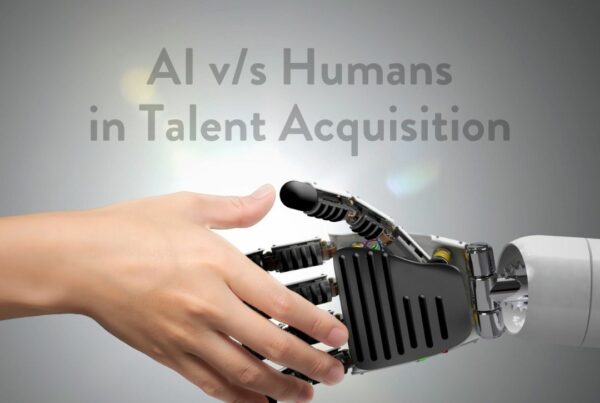
While hiring a candidate, HR personnel possess minimal resources to assist them in making an informed decision. The role of a HR professional while recruiting is two-pronged:
– Picking a candidate that is proficient enough to excel in the role
– Picking a candidate who is in alignment with the core values and tenets of the organisation
Apart from the candidate’s work history, it would be prudent to equip recruiters with a measure of their aptitude, communication style, and emotional intelligence upfront, to develop a clearer picture and gauge the suitability of the candidate.
The benefits, primarily, include increased job satisfaction, lower staff attrition, and robust leadership planning. Psychometric tests provide data that is objective and measurable to help make an informed decision while hiring. There are few other tools to simultaneously measure an individual’s aptitude as well as their behaviours and motivations. The focus on behaviour is crucial as it is an indication of how someone would behave in the workplace. Apart from their personality and preferred communication styles, it is also an indication of how the person responds to a pressure situation and what motivates them as an individual.
The role of a HR in the recruitment process doesn’t end when a candidate is hired. The long-term goal is generally to groom new candidates to eventually transition into leadership roles. These tests help identify gaps in the candidate’s strengths and weaknesses, enabling HR professionals to supplement them with the official training and leadership programs.
Using psychometric tests to measure one’s cognitive ability is also indicative of how long it would take them to pick up new skills, how well they deal with a crisis, and how quickly they process information. Not to forget, emotional intelligence! The ability to deal with peers and colleagues when the going gets tough is impossible to assess except through a psychometric test. This gives recruiters a sneak-peak into the type of manager they might be in the future.
Having taken a deep-dive into the benefits of psychometric tests and the role they play in employee assessment, let’s go one step further. Organisational benefits go way beyond merely assessing an employee. By bringing psychometric tests into the candidate recruitment process, the entire hiring funnel is made more time-efficient, cost-efficient, optimised, standardised and consistent. This makes psychometric testing an invaluable asset and tool that streamlines the recruitment process, ensuring it is robust and designed to shine a light on the perfect candidate.
The most common way to get an initial read on a candidate is a face-to-face interview. These aren’t always the most effective litmus test as nerves play a part, either positively or negatively. This doesn’t guarantee that the process is entirely efficient. By supplementing the interview with a psychometric test, the reading is more accurate. The takeaways and insights go hand-in-hand, making the ultimate decision-making process a lot easier.
The biggest advantage of psychometric tests is the efficiency. The amount of information they pack into a short time is invaluable from an organisation’s point of view, especially during mass recruitment drives when a shortlist needs to be created from a large pool of candidates. Also, while resumes and CVs help highlight a candidate’s educational and professional capabilities, they are usually generic and not tailored to address the specific needs of the role or the job being applied to, making it invaluable to address the pain points of a role within an organisation.
Psychometric testing allows you to work with a trustworthy model time and time again, creating uniformity at macro and even micro recruitment levels. It also offers benchmarks and insights you can revisit later down the line to help with the progression and engagement of future employees.
As we’ve explored, there are so many benefits to using psychometric testing for recruitment purposes. Swayam provides highly accurate insights and analysis of one’s personality, enabling optimal human resource identification and allocation leading to higher performance and cohesiveness among employees, thereby reducing attrition, bad hires and costs associated with them.

